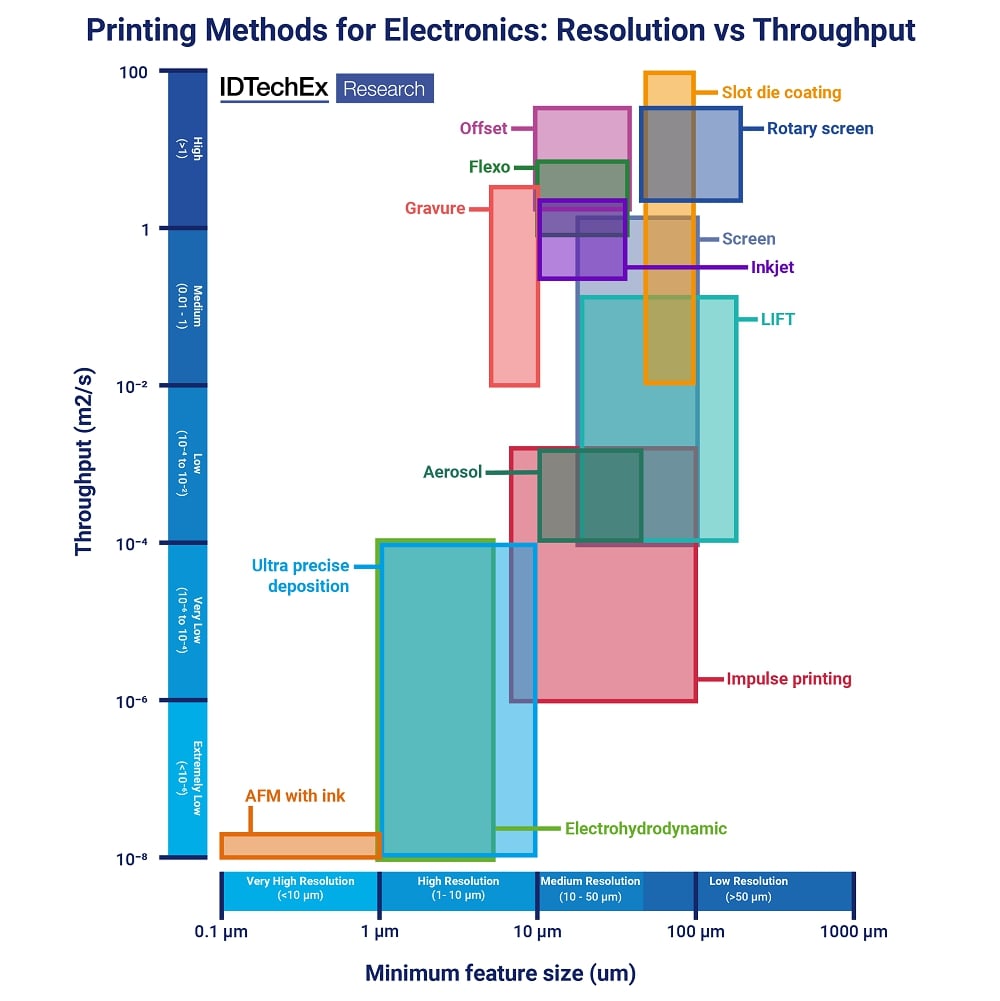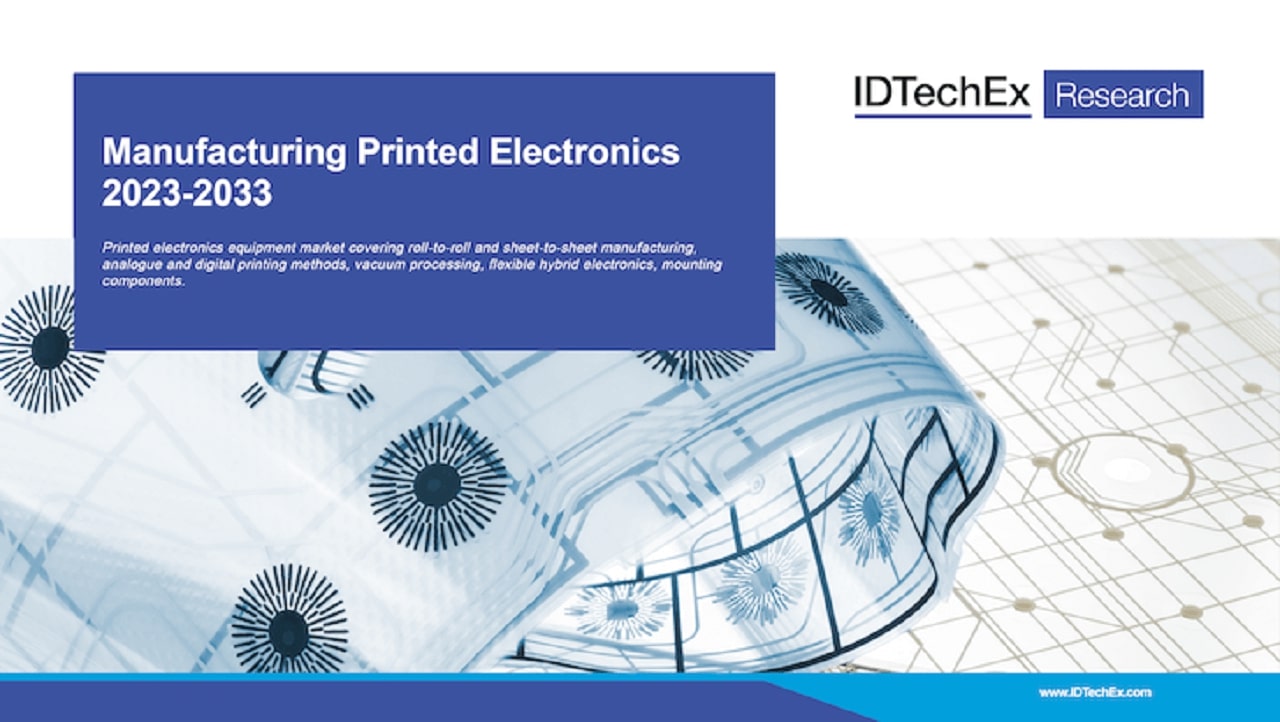You can reconfigure the electronics production for our digital and environmentally conscious age? The new report of IDTechEx, “Printed Electronics Production 2023-2033”explore a wide range of productive innovations that will enable the production of additive electronics, digital and higher yielding on different length scales.
Printed electronics: the IDTechEx report

Based on interviews and interactions with over 40 companies, IDTechEx’s report analyzes the developmentsthe transitions not technologic innovations in the production of printed electronics.
Compatibility with the rapid roll-to-roll (R2R) production is commonly cited as one of the key value propositions of printed/flexible electronics. Using the methods of conventional graphic printingR2R production will allow for realize cost-sensitive large-volume applicationslike the smart packaging eh electronic patches for the skin. Furthermore, the high productivity of R2R electronics is ideal for the production of large devices such as photovoltaic panels, lighting and outdoor displays.
However, it must be emphasized that, unfortunately, most of the R2R electronics manufacturing largely remained confined to research centers and pilot lines. Some of the challenges associated with adopting R2R electronics manufacturing include the definition of a sufficient volume of ordersil quality control and the fastening of components.
The report explores these issues and outlines emerging technological solutionssuch as high-productivity digital printing, non-contact inline conductivity measurement and photonic welding.
Digital printing methods
Although R2R production typically uses conventional analog graphics printing methodsmuch of the innovation is in digital deposition methods that enable rapid prototyping and facilitate the production of low volumes with high mixing.
Particularly noteworthy is the laser-induced forward transfer (LIFT). This method can be regarded as a combination the benefits of inkjet, screen printing and laser direct texturing. It is in fact able to handle viscous inks, has high productivity and can also be used on uneven surfaces.
Other emerging printing methods aim to bring digital additive manufacturing to length scales currently achieved with subtractive methods. The electro-hydrodynamic printing it is gradually gaining commercial ground for prototyping and repairs. Also, several companies are developing multi-nozzle systems that they use MEMS printheads (electromechanical micro-systems) to overcome the age-old compromise between productivity and viscosity.
It’s an exciting time for printed/flexible electronics, with numerous examples reaching out commercial adoption in the last year. The manufacturing innovations described in this report they will lead roll-to-roll, additive and digital electronics manufacturing in applications ranging from electronic skin patches to advanced semiconductor packaging.















Leave a Reply
View Comments